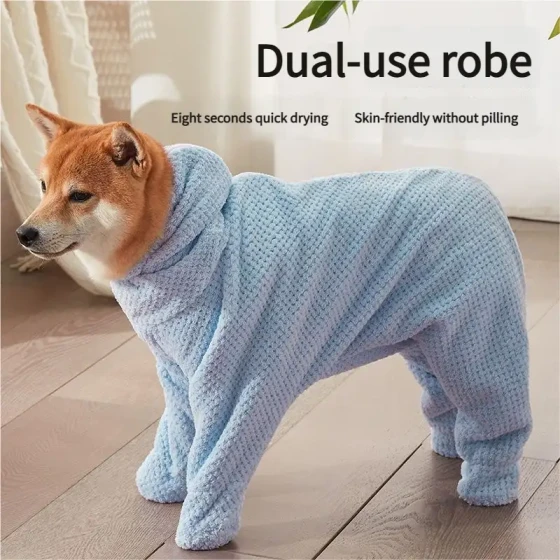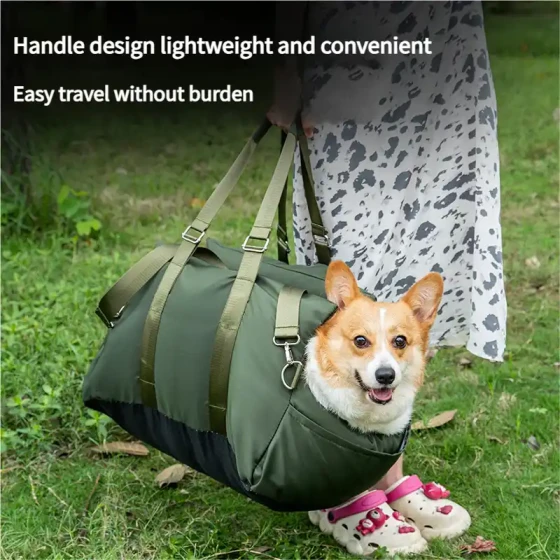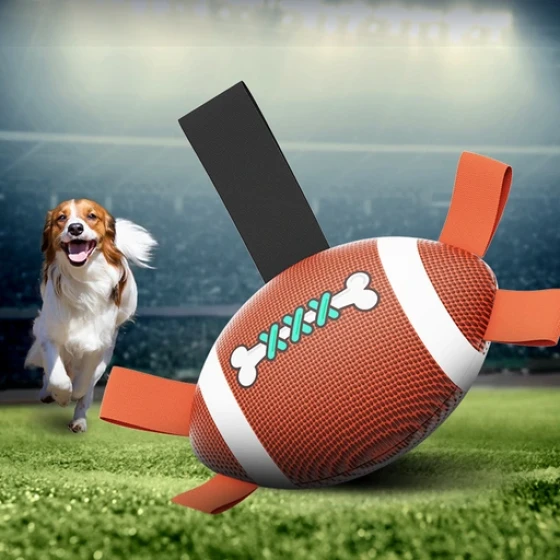How to teach Huskies sled dogs to retrieve

In a quiet environment, select items that interest the husky, are easy to retrieve, and carry the owner’s scent. Hold the item in your right hand, give the dog the commands “retrieve” and “release,” then shake the item in front of the dog while repeating the “retrieve” command. If the dog attempts to retrieve the item under the lure of the command and item, reward immediately with the command “good” and petting. Let the dog wait a moment, then give the “release” command, take the item, and reward the dog. Repeat 2–3 times each session. Once the dog can retrieve and release the item well, gradually remove shaking the item to make the dog rely entirely on commands.
1. Purpose Retrieval training is the important foundation for disciplines such as identification, tracking, and searching. Through training, the dog develops the ability to deliver the item to the owner on command. The dog’s desire to retrieve should be strong, with active searching, not destroying the retrieved item. The primary unconditional stimulus for retrieval is the lure of the item.
2. Commands: "retrieve," "release."
3. Gesture: Point to the item the dog should retrieve with the right hand.
4. Training methods and steps
Step 1: Establish conditioned reflexes for the commands “retrieve” and “release” and the gesture.
Method 1: In a quiet environment, select an item that the dog is interested in, is easy to retrieve, and carries the owner’s scent. Hold it in the right hand, give the commands “retrieve” and “release,” then shake the item in front of the dog while repeating “retrieve.” When the dog is lured by the command and item to retrieve it, reward immediately with the command “good” and petting. Let the dog wait a moment, then give the “release” command. Take the item and reward. Repeat 2–3 times per session. Once the dog can retrieve and release, gradually stop shaking the item to have the dog respond solely to commands.
Method 2: Let the dog sit on the owner’s left side. Hold the retrieval item in the right hand, give the “retrieve” command, gently open the dog’s mouth with the left hand, place the item inside, and support the dog’s lower jaw with the right hand. Give the commands “retrieve” and “good” and pet the dog’s head with the left hand. If the dog shows signs of releasing the item, repeat “retrieve” and gently support the jaw. Early in training, when the dog can hold the item for a few seconds, give the “release” command, take the item, pet, and give food reward. Repeat as above. When the dog can retrieve and release on command, proceed to the next step.
Step 2: Train the dog to retrieve thrown and sent items.
Method 1: Throw retrieval training. The owner leads the dog to sit on the left. Throw the item about 10 meters in front of the dog. After the item lands and the dog notices, give commands and gestures for retrieval. If the dog does not go, guide and repeat commands and gestures. When the dog retrieves the item, give the “come” command to return. Encourage with “good,” then command to release and reward with petting. If the dog rushes before command, control and wait until calm. The dog must develop conditioned reflex to retrieve on command, retrieving quickly, returning, sitting on the left, and releasing. If the dog retrieves but does not return, correct with a lead. Start throwing close, gradually extend up to 30 meters.
Method 2: Send retrieval training. Command the dog to sit and wait. The owner places the item visibly on the ground about 10 meters away, then returns to the dog’s right side and commands it to go retrieve. If the dog returns with the item, reward immediately with “good” and petting, have the dog sit on the left, and give the “release” command to take the item and reward again. If the dog doesn’t go retrieve, guide it. If the dog retrieves but doesn’t leave, use lure or training lead to correct.
Step 3: Develop the dog’s abilities for identification and hidden retrieval.
Method 1: Identification retrieval. The owner prepares three or four clean items without human scent, places them on a flat clean surface, and leads the dog to sit 3 meters away. In front of the dog, place the owner-scented item among the others, then command the dog to retrieve. When the dog sniffs and retrieves the correct item, immediately reward with the “good” command, have the dog sit on the left, release the item, then pet and give food reward. If the dog retrieves the wrong item, have it release and guide to re-sniff. Repeat until the dog can correctly retrieve by identification. For dogs less excited about retrieval, throw the retrieval item into the identification set for training. For dogs with poor sniffing or high excitement, train with lead.
Method 2: Hidden retrieval. Lead the dog to a selected training site, have it sit or tie it. The owner shakes the retrieval item in front of the dog several times to attract attention, then quickly leaves, hides the item over 30 meters away, stepping on the ground several times. Return by the same path and command the dog to retrieve. Reward when the dog retrieves and releases. If the dog cannot find the item, guide it to find and reward.
5. Precautions:
1. Train the dog to retrieve on the owner’s command only; do not allow random retrieving.
2. Avoid harsh methods; use gentle teasing and luring appropriate to the dog. Timely and sufficient reward is essential.
3. Correct biting, playing with, and self-releasing the item to maintain correct retrieval behavior.
4. Use the dog’s most interested items; limit the number of retrievals per session to maintain excitement.
5. Frequently interchange retrieval items to improve adaptability.
6. To prevent premature releasing, the owner’s receiving actions must be gentle; food rewards should not come too early or be excessive. (Source: PetsZone)



